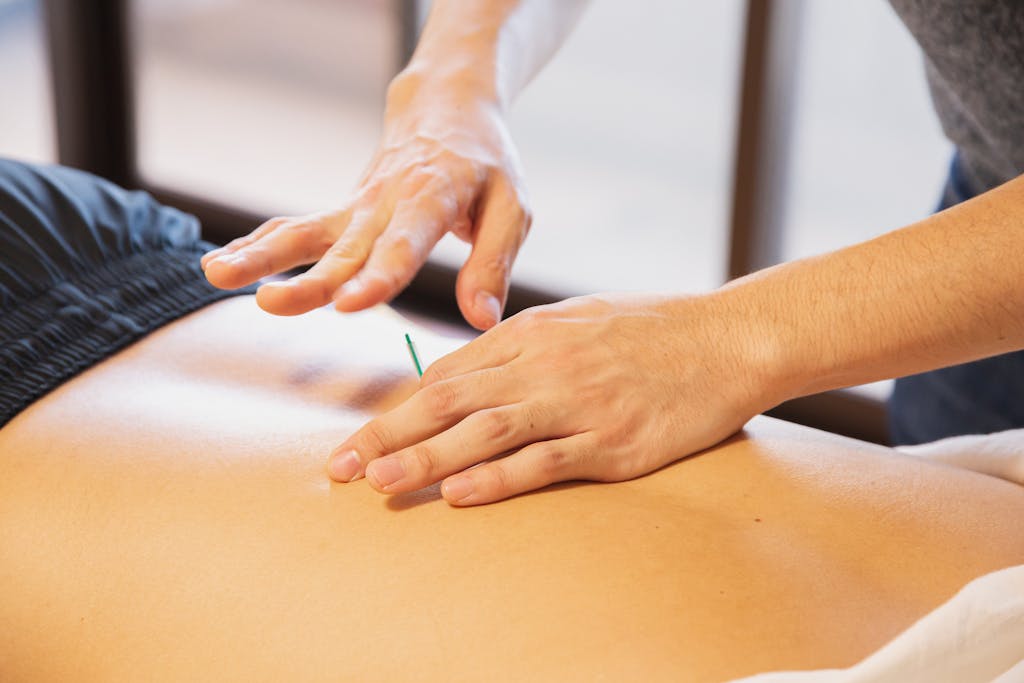Dry Needling
An effective treatment for myofascial (muscle) pain.
Dry needling is a technique used to treat myofascial pain syndromes. The entire team at VSI Physical Therapy are all certified in dry needling and use it when appropriate as part of a patient’s treatment plan. Modern dry needling techniques can be traced back to the 1940s and have continued to evolve and became a more popular treatment technique over time. Dry needling doesn’t require a prescription and is an included service as VSI Physical Therapy, meaning there isn’t an upcharge for it to be used during your appointment. This allows you and your therapist to make the best decision for treatment at the time of your appointment.

Conditions Treated
Dry Needling can be used to treat these and other conditions:
- Plantar fasciitis
- Back pain
- Neck pain
- Rotator cuff injuries
- Tennis elbow (lateral epicondylitis)
- Knee pain
- Achilles tendonitis
- Other myofascial related disorders

